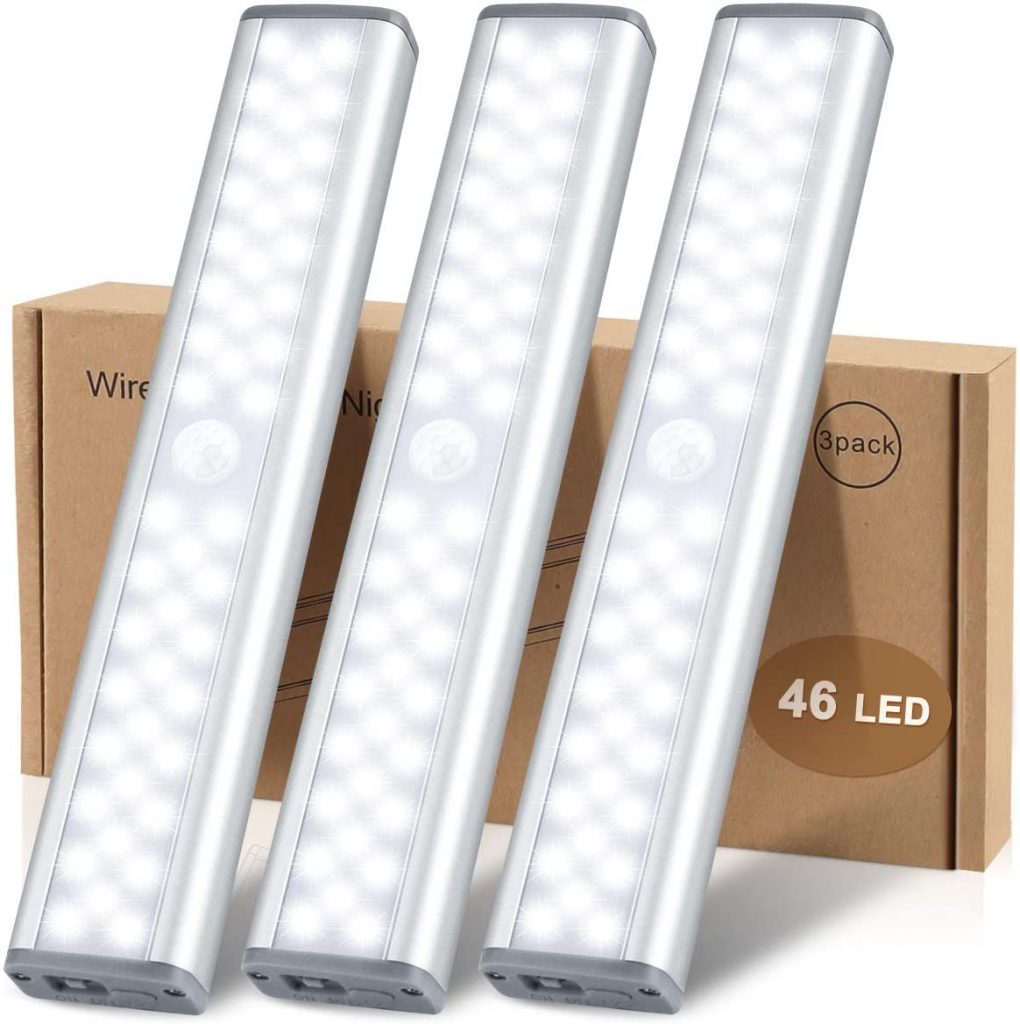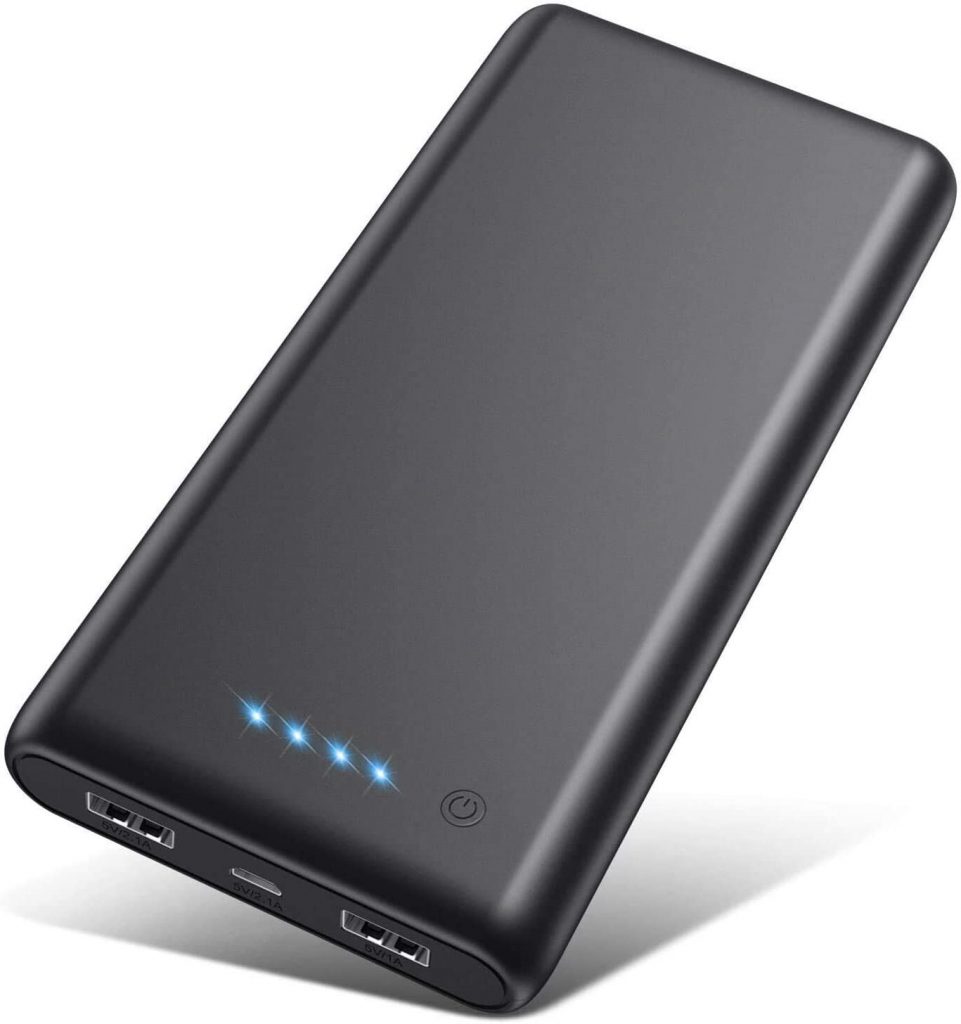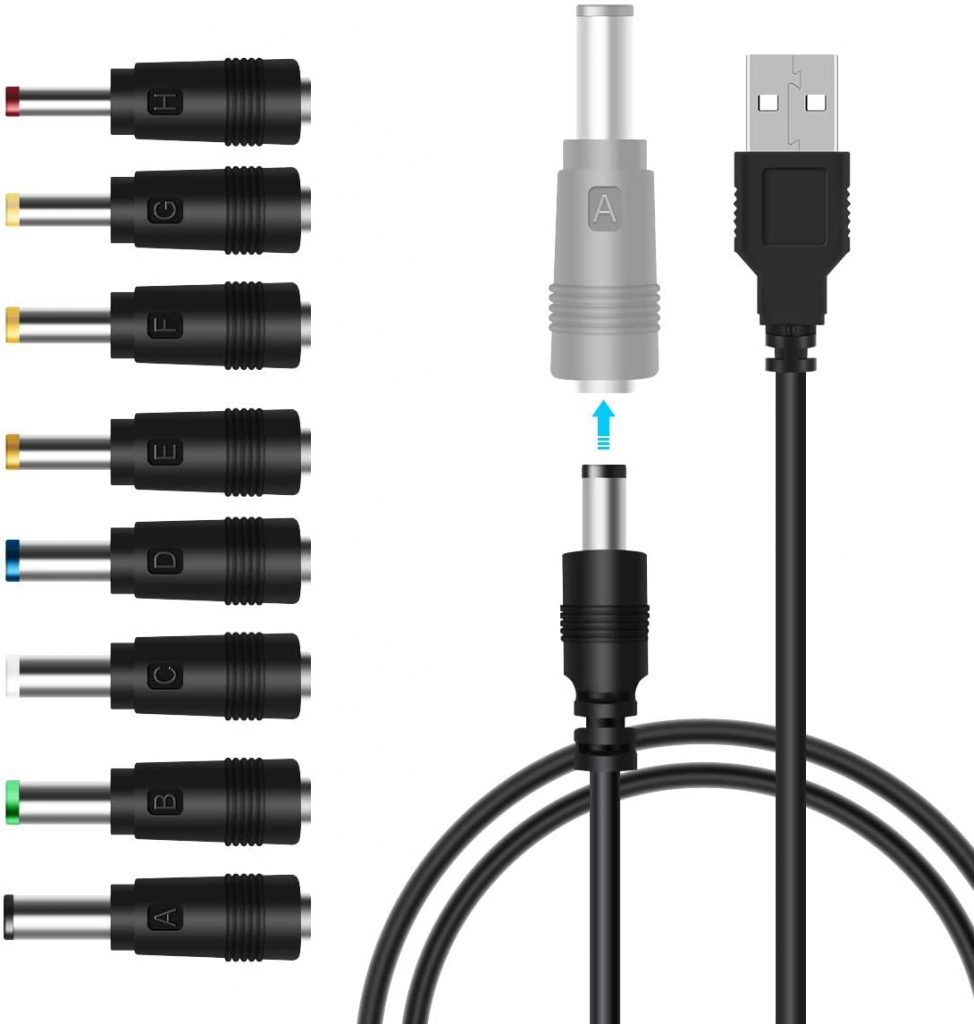The Universal Serial Bus (USB) has come a long way. I fell in love with it in the early 2000s when it was used as a simple file sharing device. It’s now used for chargers and connectors of devices, like WiFi, Printers, and other devices.
I have several gadgets that require electricity and some aren’t ‘rechargeable.’
It seriously bothers me that we have to have so many different types of power cords and plugs. I’m left to wonder so much about power and electric with a mindset of lowering my electricity bill, extending power, and finding a system that works interchangeably together.
Can you believe my dog chewed up my Laptop Battery Cord and then ate my USB Cord? She went after my Coaxial Internet Cable, but I stopped her. So, now I realize, I have to keep those out of her reach.
This, plus the fact that my electricity bill doubled within about 45 days of buying a Portable Washer, Desktop PC, and Printer, set me on a path of Power Maximization & Cost Reduction.
I’m looking at a few options: Solar Power Battery Charging System, Using a Desktop to Centrally Power and Charge my gadgets, and purchasing adapters for powering up other electrical appliances that can and should run on batteries. After I make these purchases, I’m going to monitor my use and electricity bill – hoping to gain a 40% decrease — at least.
I’ll keep you posted on what I find!
The scientific question behind this is simple: Can a Desktop charge my gadgets more cost effectively than individual chargers?
My Hypothesis is YES! It’s power system is managed by the amount of time the device is on and the juice is leveled — meaning the cost does not increase — therefore, it makes sense that it can be used as a Charging Station without additional cost.
I should be able to reduce power usage for about 4 or 5 devices if I invest in some USB Adapters and find new ways to power and recharge not only my battery operated gadgets, but also my appliances. I’m essentially converting electrical gadgets and appliance into battery powered, using my desktop as an electrical power station, and some battery packs.
Now just trying to figure out how a Watt converts to a Kilowatt Hour is challenging, mathematical, and scientific. I learned what I could and found 1,000 Watts = 1 Kilowatt
Electricity usage is measured in watt-hours or kilowatt-hours, so if you can convert watts to kWh then you can predict how much an electric appliance might cost, or how much energy is required to power it.
Energy = (100 × 1) ÷ 1,000
Energy = 100 ÷ 1,000
Energy = 0.1 kWh
If electricity costs $0.12 per kWh, then a 100 watt light bulb will cost 1.2 cents per hour that it’s on.
Now, I doubt I’ll be tracking hours, usage, and connector type or charging station in Kilowatt Hours or Watts to prove my theory because I think the change is going to reflect a significant decrease without Math, making it a general proven theory and new way of connecting and charging or using my devices.
Total Price: $37.00
For $37, I plan to take 3 devices off Electrical Power and run them on USB Battery. For Charging the USB Battery Pack, I plan to use my Desktop.
These devices are:
Smart Phone
Laptop
Blue Tooth Alarm Clock
2 Aromatherapy Air Purifiers
Blue Tooth Speaker
I can reduce the charging costs by using my Desktop to power the UBSs, but I want them portable for placement throughout the house.
For $27.99, I plan to stop using Electric Switch Lighting and buy LED, Motion Sensing USB Re-Chargeable Battery Lights for my Bedroom, Kitchen, Hallway.

This leaves only my major appliances on Electrical — Desktop, Printer, TV, Washer, Refrigerator, Stove, Microwave, Hot Water Heater, Space Heater, Air Conditioner, and Can Opener. This will be my base cost for Electricity and I’m going to see what just these items cost to operate.
If I get real savings, I might install a Portable Solar Panels and eliminate other electronics that can run on Battery, like my Desktop, Radio’s and TVs.


